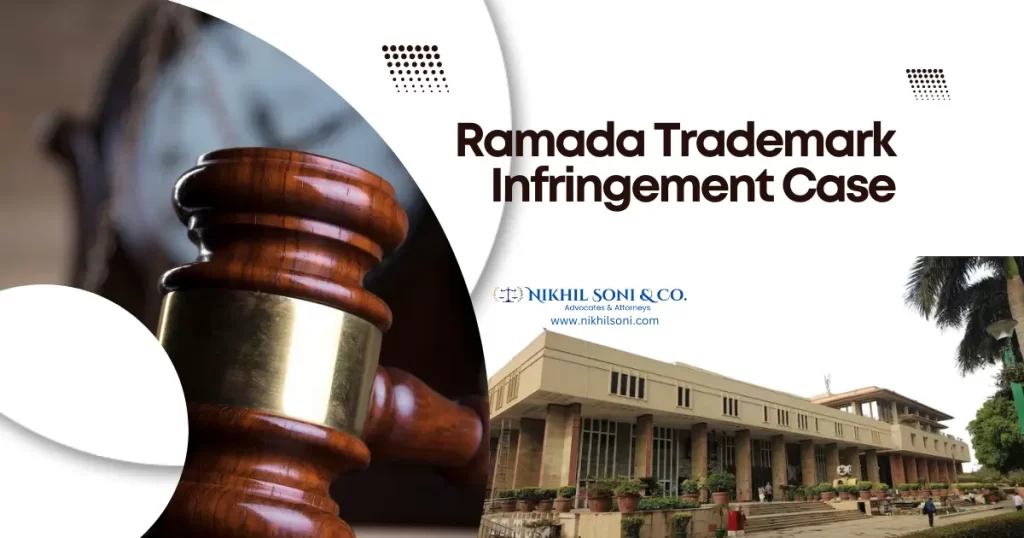Table of Contents
ToggleTrademark infringement in India
What is Trademark infringement in India: definition, types, and penalties
India, a mixed market, includes many industries that adhere to the free market theory. In the market system, there is intense competition. Any business that wants to succeed in the free market must build brand value and recognition. Trademarks are the most straightforward method for achieving this.
There are three reasons why trademarks are necessary to represent products and services:
- allowing customers to recognize the source
- assisting consumers in evaluating the quality
- helping customers in choosing a product
Once a trademark has acquired such value, it must be safeguarded against exploitation and infringement by third parties.
What is the infringement of a trademark?
In India, trademarks are protected by the Trademarks Act, 1999 (hereafter referred to as the Act). The Act establishes the guidelines for trademark registration, protection, and infringement penalties. All around the world, trademarks are considered to constitute intellectual property. Numerous national and international organizations work to safeguard intellectual properties like trademarks.
The Indian Patent Office, run by the Controller General of Patents, Designs, and Trademarks, is responsible for handling trademark protection in India. To put it simply, the unlawful use of a mark that is identical to or confusingly similar to a registered trademark constitutes trademark infringement. When we say something is deceptively similar, we suggest that if a typical consumer looked at the mark, they might not know where the goods or services came from.
Trademark infringement types
There are two forms of trademark infringement to be aware of when researching them:
- Direct infringing
Section 29 of the Act defines direct infringement. For a direct breach to happen, the following conditions must be satisfied:
- Use by an unauthorized individual: Trademark infringement only happens when a person uses the mark and the registered trademark holder does not authorize it. If the trademark is used with the authorization of the registered trademark holder, it will not consider an infringement.
- Identical or deceptively similar: The unregistered user’s trademark must be equivalent to or deceptively similar to the registered user’s trademark. The phrase “deceptively similar” in this context means that the average customer “may” misunderstand the marks and believe they are the same. Given that the important word in this sentence is “may,” it simply needs to be demonstrated that this is a possibility rather than it will occur. It is sufficient to establish infringement if there is a likelihood that the marks could be mistakenly identified.
- Registered trademark: Only registered trademarks can protect your brand name. The common law of passing off is utilized to resolve disputes when an unregistered mark is violated. Tort law is applied when harm or damage is done to the goodwill connected to the actions of another individual or group of people.
- Class of goods or services: Unauthorized use of the mark to promote goods or services that belong to the same class as the registered trademark involves trademark infringement.
2. Indirect infringement
Contrary to direct infringement, no particular provision in the Act addresses indirect infringement. It doesn’t mean that indirect infringement is exempt from accountability. The universal law principle is the source of indirect violation and its implementation. In addition to the primary offender, it holds liable everyone who aids or counsels the direct offender to violate the law. Two different categories of indirect infringement exist:
- Vicarious Liability: As per section 114 of the Act, the whole Company shall be liable if a company commits an offense under this Act. Therefore not only the principal violator but every person responsible to the Company shall be liable for the indirect breach, except the person who has acted in good faith and without knowledge of the violation.
The elements of Vicarious liability are:
A. When the person can control the activities of the principal infringer
B. When the person becomes aware of and contributes to the breach
C. When the person can derive financial benefit from the breach, the Company for the infringement is when the Company acted in good faith and had no knowledge of the breach
2. Contributory infringement: There are only three essential elements to contributory infringement:-
A. When the person knows of the infringement
B. When the person materially contributes to the direct infringement
C. When the person induces the principal infringer to infringe
In the case of contributory infringement, there is no exception as there is no chance of the contributory infringer acting in good faith.
Damages for Trademark Infringement
In India, the infringement of a trademark is a cognizable offense which means that the infringer may also face criminal and civil charges. As per the Trademark Act, trademark registration is not necessary for the institution of civil or criminal proceedings. As mentioned before, anyone can take legal action against the infringement or passing-off as per the common law principle of passing off. In the case of trademark infringement or passing off, the court may award the following remedies:
- Temporary injunction
- Permanent injunction
- Damages
- Account of profits (damages in the amount of the profits gained from the infringement)
- Destruction of goods using the infringing mark
- Cost of legal proceedings
In the case of a criminal proceeding, the court dictates the following punishment:
- Imprisonment for a period not less than six months that may extend to three years
- A fine that is not less than Rs 50,000 may extend to Rs 2 lakh
Read Meanwhile: Trademark Registration in India
Disclaimer: The information presented on this site does not constitute legal or professional advice. It should not be relied upon for such purposes or used as a substitute for legal advice from an attorney licensed in your state. The materials provided herein are solely for information purposes. No attorney-client relationship is formed when you access or use the site or the materials.





